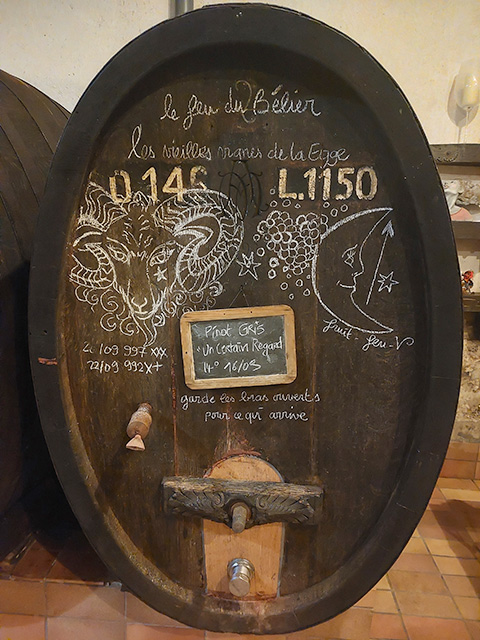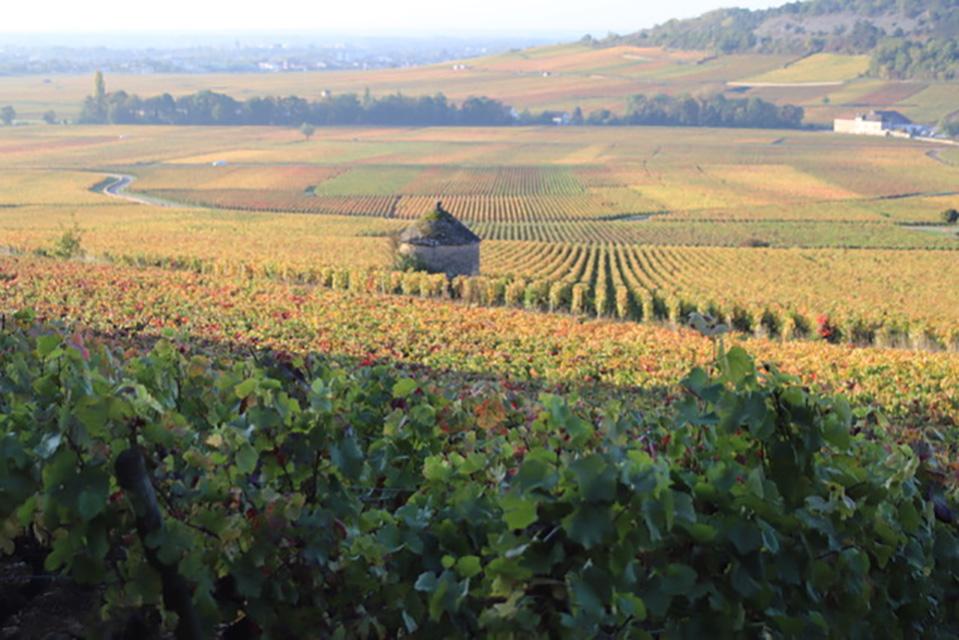Champagne
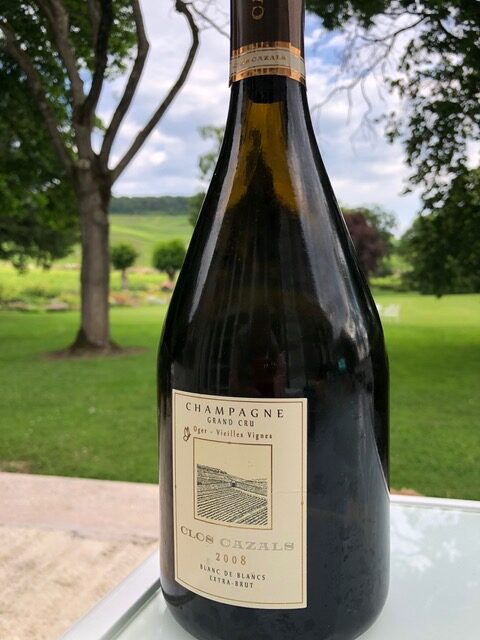
Delphine Cazals
Champagne Cazals in Mesnil-sur-Oger dates back from the late XIX Century. Over decades, the family has quietly acquired a remarkable collection of jaw dropping vineyards : from a once named “Clos Chétillons”, le ‘Puy de Gaumes’ neighboring Vertus or the southern tip of ‘Les Carelles’ made famous by Selosse. But the crown jewel of Delphine Cazals holdings is unquestionably the walled-in vineyard inside her family home in the famous village of Oger, home to some of the most gifted Chardonnay vineyards in all of Champagne. Clos Cazals is undeniably one of Champagne’s emerging behemoths given its geographical location.
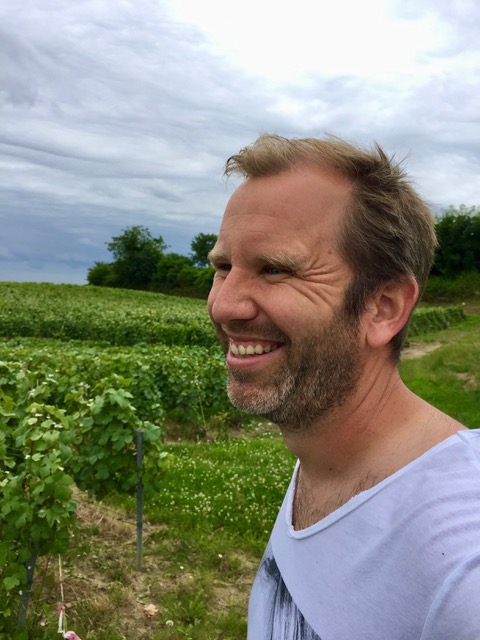
Guillaume Sergent
Even if Guillaume Sergent was born in a line of champagne makers traced back to 1842, he is not following in anybody’s footsteps. He has carved out just over 3 acres of the family’s 9ha in Vrigny and makes Champagne like a Bourguignon: never blending Chardonnay and Pinots nor harvest years, aging in five demi-muids for an entire year, plus one year ‘sur latte’ with a minimum dosage then disgorged and released. The end result is two aromatic wines with laser beam intensity. Occasionally available, a Côteaux Champenois ‘Clos des Croix” formerly a rose garden planted by Guillaume in 2014, ‘Pataphysique single vineyard of Pinot Meunier old vines from Vrigny left as Brut Nature and the rare Bouteilles Oubliées (B.O.) which is a Pré-Dieu kept for 6 years before disgorgment.
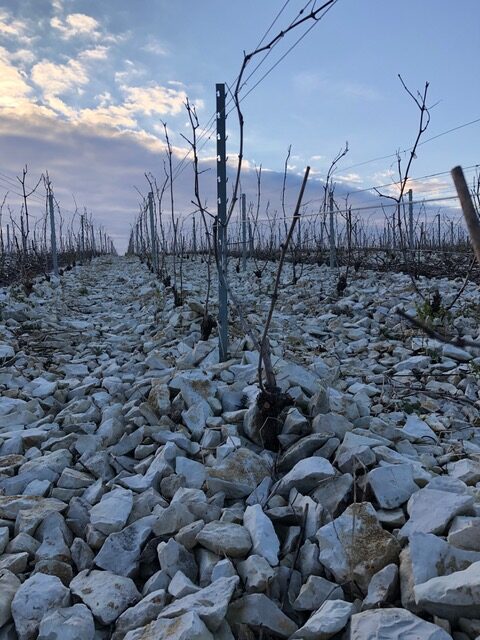
Rémi Leroy
Meurville is way way South : much closer to Chablis than Reims or even Epernay. Rémi Leroy started converting the family vineyard to organic farming as early as 2009 and his hard work and dedication have paid off. He has taken full advantage of his unique terroir (Meurville has the highest concentration of Portlandian limestone in Champagne) and crafts powerful yet elegant Pinot Noir – based Extra Brut and Brut Nature. His talent is no longer a secret and we can enjoy his wines at some of the best tables across France.
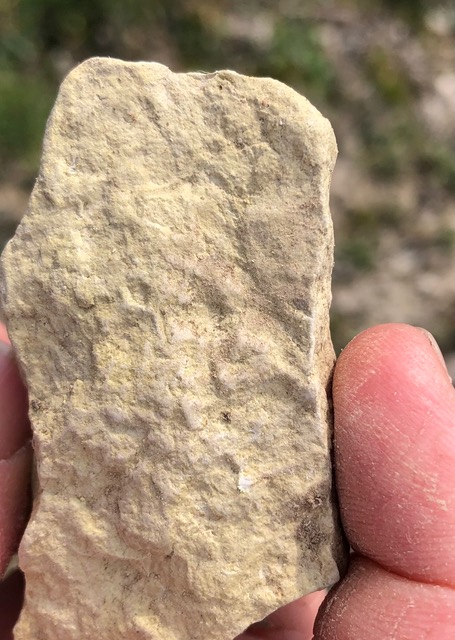
Champagne Bolieu
Bolieu is located in the village of Bassuet, in a remote and less known part of Champagne nearby the town of Vitry-Le-François. Le Vitryat only covers 1000 acres today and has been largely forgotten after the Phylloxera crisis. Bolieu’s 6.5 ha are mostly composed of Chardonnay planted on S/SW exposed hillsides, anchored in a partiular type of chalk with clay inclusion. These characteristics tend to bring an openness in the mid palate and citrus notes to the Chardonnay. All cuvées went through extended aging on the lies: Pépin de Vignes is kept 55 months, Fleur de Craie 77 months, Instant B 08 135 months…
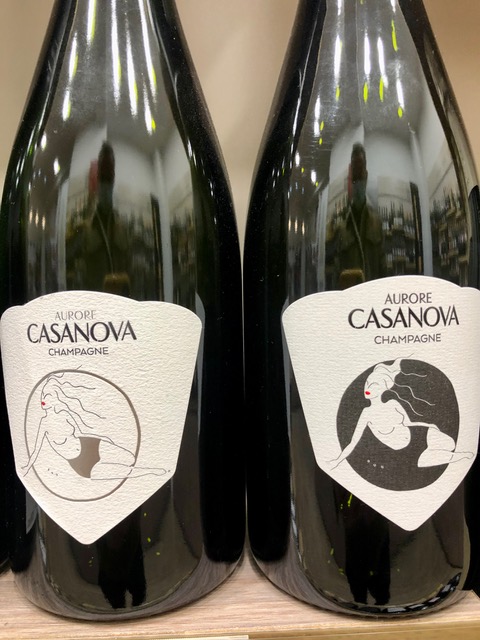
Aurore Casanova
Aurore applies the same dedication and rigueur to the family estate in Mardeuil than the one she displayed as reknown international dancer. Like her husband Jean-Baptiste, she studied at the Avize wine school and decided to adopt a philosophy of respect toward humanity and the environment. The 3.5 ha undergoing organic certification are located in the confidential Puisieulx (Grand Cru outside of Reims), Mesnil-sur-Oger, Champvoisy and Epernay.
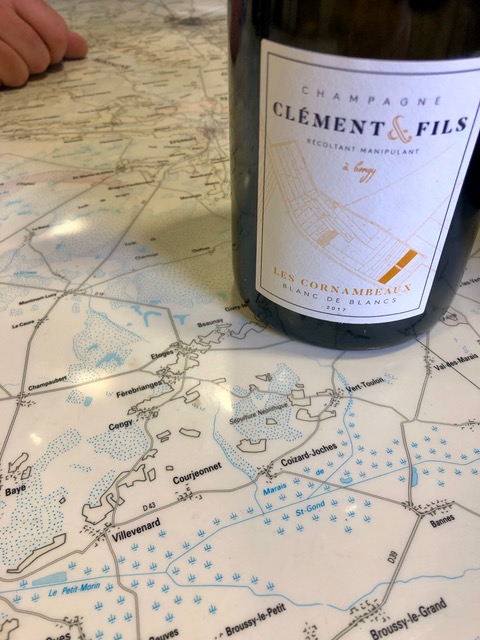
Aurélien Clément
Aurélien took over the family farm in 2016 and represents the 4th generation of Champagne grower producers. His estate of mostly old
vines are located in Congy in the Coteaux du PetitMorin, Coizard and Les Riceys (1Ha) for a total 6.5 ha. His heritage includes traditional know-how and reserve wines. Each Champagne is named after a flower or a plant that forms the cover crop in his vineyards.
Alsace
Loire
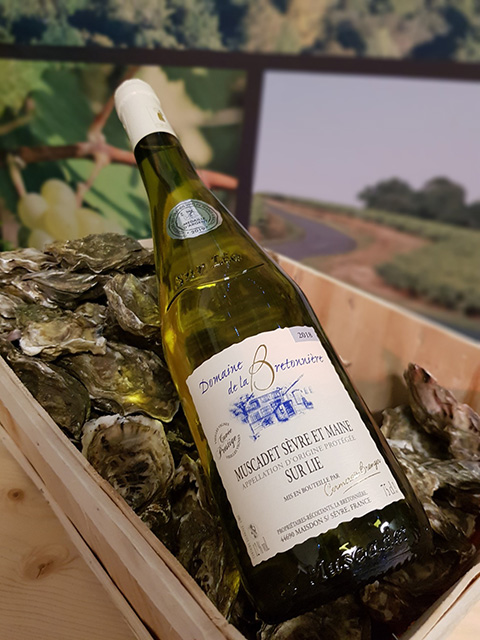
Domaine de la Bretonnière – Famille Cormerais Branger
Not all Muscadet wines are created equal. The Domaine de la Bretonnière’s 46ha is very well situated, divided between the granite from Clisson, the gneiss from Saint-Fiacre and the sought-after granite from Chateau-Thébaud at the Pont Caffino’s ‘small canyon’. These distinctive sites are producing wines with balance and freshness. This young 5th generation is elevating the domaine to a new level of quality while respecting both their terroir and the environment.
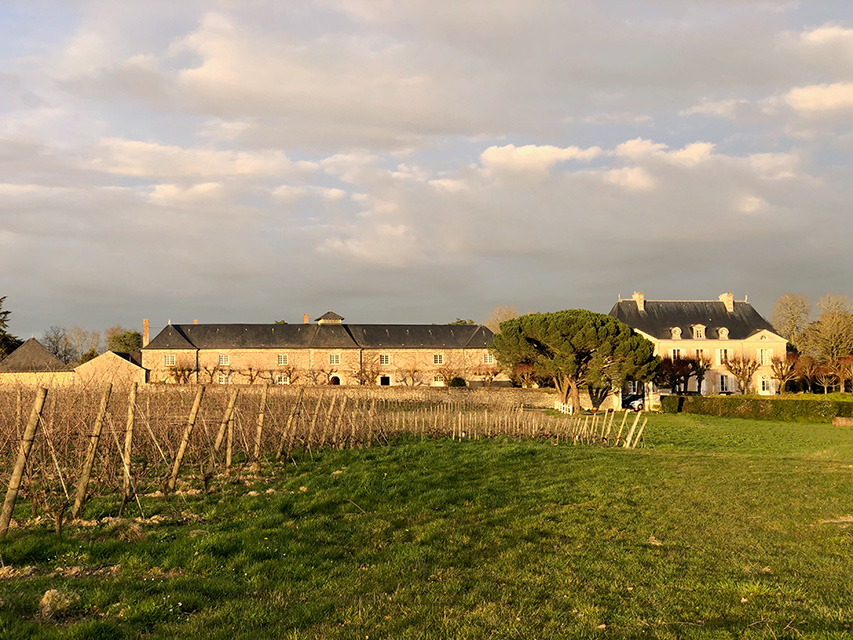
Domaine aux Moines
With roots going back to the middle-ages, the Domaine aux Moines, one of the two pearls of Anjou, needs little introduction. Yet, things are quietly evolving at this prestigious estate with Tessa Laroche firmly at the helm and her eyes set on the future. The commitment to biodynamic farming, the attention to detail, the respect of history while welcoming of new practices are all enhancing the attribute of this extraordinary vineyard of Savennières Roche-Aux-Moines. The best is probably yet to come and that’s no small feat.
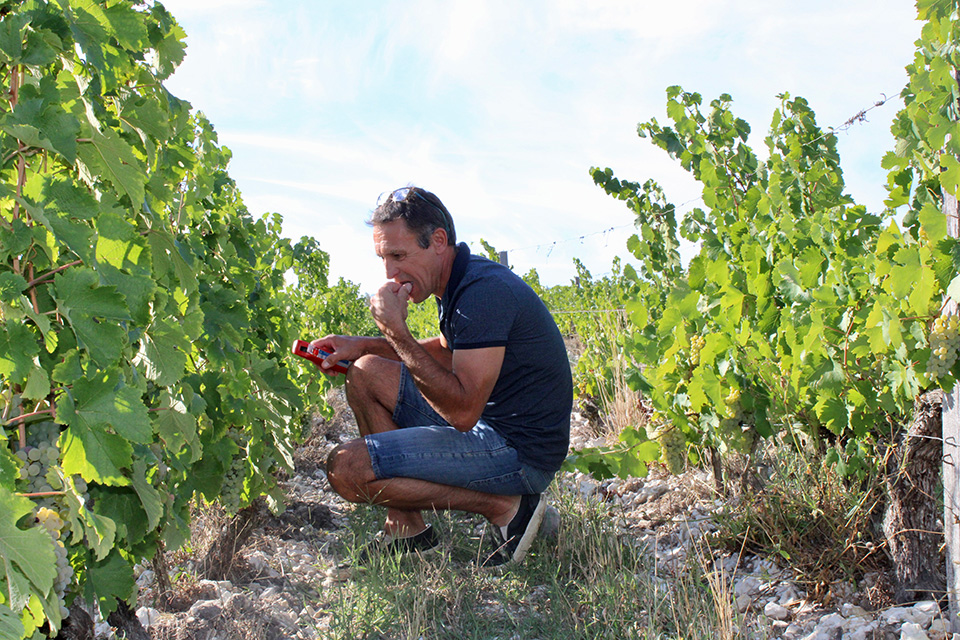
Domaine Damien Moyer
The domaine has been past down in the Moyer family since the 1850s. Today, Damien is crafting some beautiful chenins from a collection of organically farmed vineyards between the Cher and Loire rivers. Damien’s deep knowledge of his terroir and meticulous approach in the cellar is clearly displayed in his range of wines. They all share a sense of clarity and lift, precise aromatic, strong core and lasting finish that calls for more.
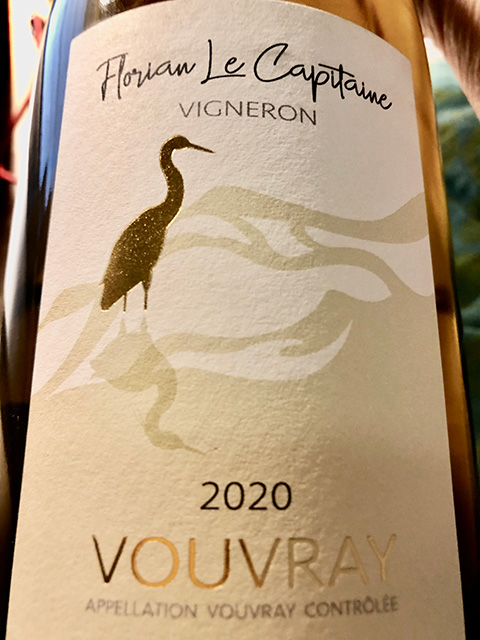
Florian Le Capitaine
2019 was Florian’s first personal vintage after spending 6 years at the family estate in Vouvray. He selected a 6ha parcel named “Les Aumônes” in Rochecorbon from this south facing slope in the “première côtes’ that sits directly above the Loire river where chenin ripens early on the limestone and clay mix. Early picking, organic farming (with first steps toward biodynamic preparation under the guidance of Jean-Bernard Berthomé of Huet’s fame), indigenous yeasts, older wood vessel and measured intervention in the cellar result in a honest and conclusive dry Vouvray.
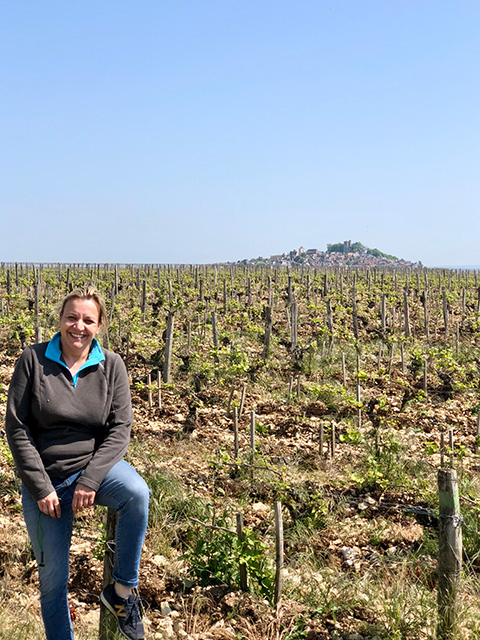
Emmanuelle Mellot
The daughter of one of Sancerre’s most iconic character, Alphonse Mellot, Emmanuelle grew-up among the best winemakers France has to offer. She has put her deep knowledge of Center Loire, technical expertise and her second to none connections to launch a négoce under her name. The result is a ‘dream team’ of top-tier producers in each AOP, most of whom are highly allocated under their domaine labels.
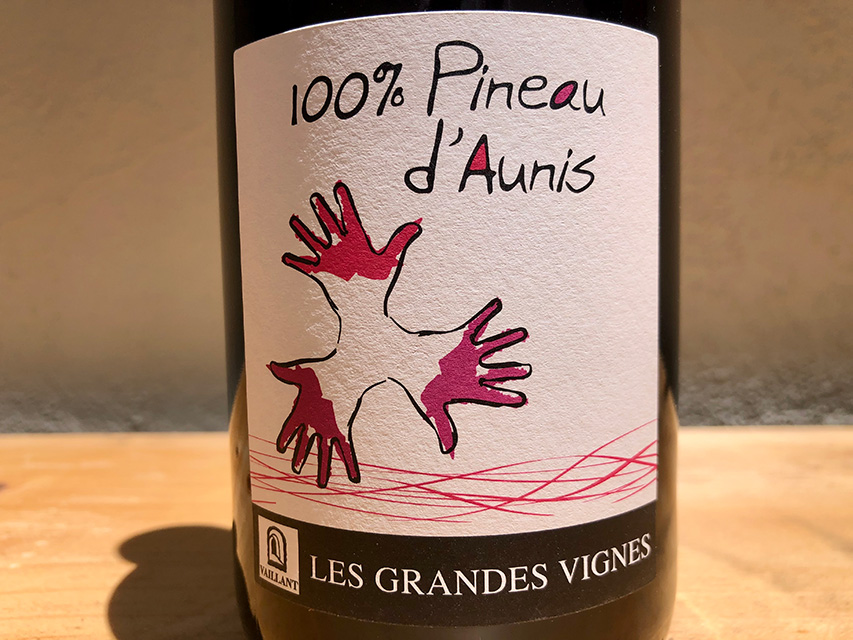
Domaine les Grandes Vignes – Famille Vaillant
The Vaillant, an old family of winemakers, are located in Thouarcé, Anjou, home of the Bonnezeaux AOP. Famous for its sweet Chenin expression, the Demeter certified estate also produces beautiful dry wines and a collection of enticing reds made with Grolleau, Pineau d’Aunis and Cabernet Franc.
Bourgogne
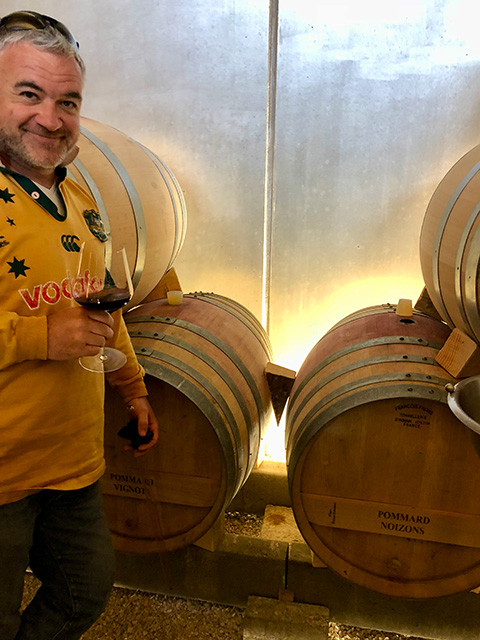
Domaine Nicolas Rossignol
“Now, this is a winemaker who deserves much higher status and perhaps that is just a matter of time” wrote Neil Martin in January 2019 after a tasting of Rossignol’s 2017s. Nicolas is crafting wines from a broad range of top notch vineyards in Volnay and Pommard predominantly. Practicing uncertified organic farming with some biodynamic concepts, he doesn’t follow one single recipe, and each parcel of vineyard is constantly re-assessed during harvest. A new cellar was built just in time for the 2016 vintage and the future looks nothing less than stellar for Nicolas Rossignol.
Beaujolais
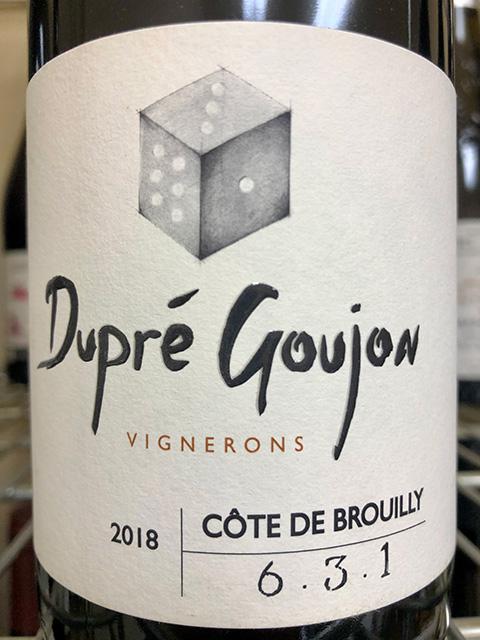
Domaine Dupré-Goujon
Childhood friends Sébastien Dupré and Guillaume Goujon turned the uncle’s domaine in Côte de Brouilly into an agro-ecological system and delivering increasingly deep and elegant Côte de Brouilly. Vineyards are located on 3 terroirs, L’Héronde, Le Pavé and Les Brulhiés, on diorite (‘blue stone’) with sandy-clay soils. A single vineyard in Blacé, about 10km to the south, is producing the Chardonnay “Clos des Muriers” on clay and limestone.
Jura
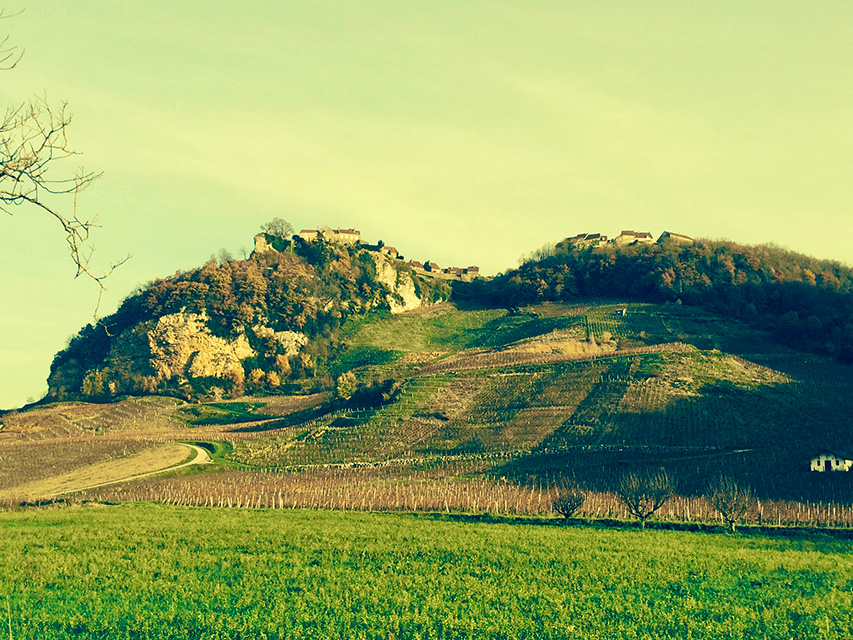
Domaine Jean-Claude Crédoz
The unassuming Jean-Claude Crédoz happens to be the largest vineyard owner in the tiny Château-Chalon appellation and certainly one of the very finest. All his holdings are within the boundaries of the 4 villages that constitute the undisputed top cru of the Jura. From a family deeply rooted into the local wine culture, he carves this extraordinary range of wines from his organically farmed collection of vineyards. Credoz’ offering are some of the cleanest, spinal wines you can find in the region.
Savoie
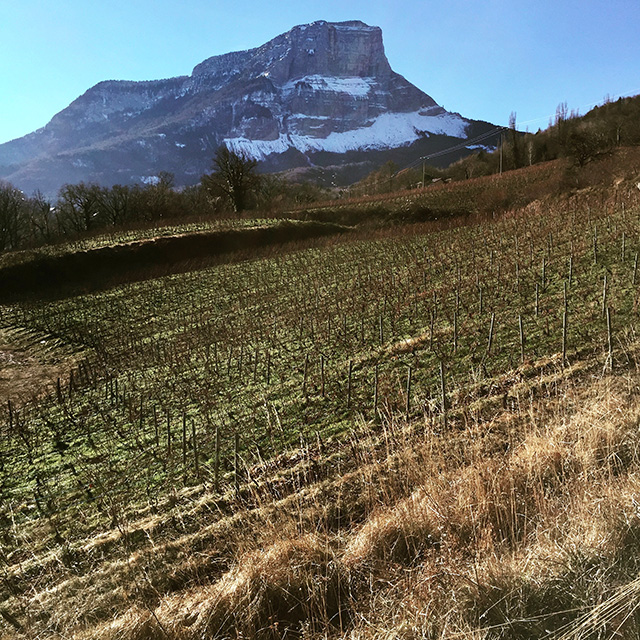
Domaine Jean-Claude Masson
To say that Jean-Claude Masson’s vineyards are in a unique site would be an understatement : they lie under the dramatic cliff of the Mont Granier, the Northern tip of La Grande Chartreuse, the Great Wall of limestone that guards the pre-Alps and the famous monastery who gave us its liquor. Masson pushes the local Jacquère to greatness; there is no oak, no tricks, just a phenomenal energy that seem to come from this very mountain and a natural amplitude that fits like a glove the winemaker’s personality, like a fresh and powerful torrent.
Rhone
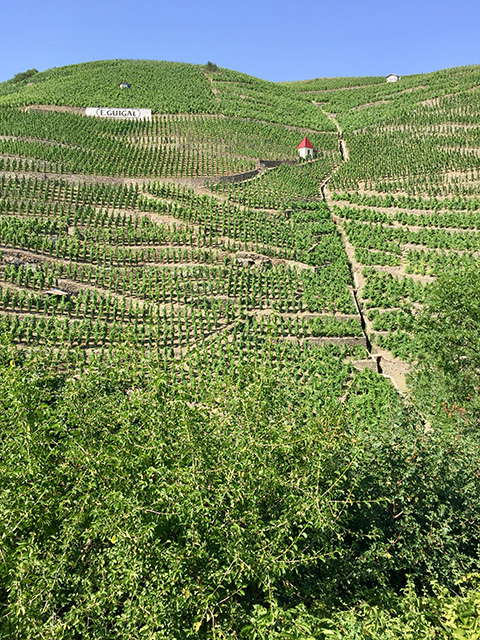
Domaine Pierre Bénetière
Climbing Bénetière’s Côte-Rôtie’s vineyards is always a dramatic and unforgettable experience; It looks like a jungle by comparison with the world famous neighbors. These rare bottles coming from Corps de Loup are highly sought-after by Syrah lovers all over the world. A tiny strip of Côte Brune gives two barrels in a typical vintage and the best one gets bottled under the name Dolium. The small vineyard in Le Riollement, above Château-Grillet in Condrieu, complete the lineup. Each wine is quite extraordinary and given the time in a glass, develops a unique story.
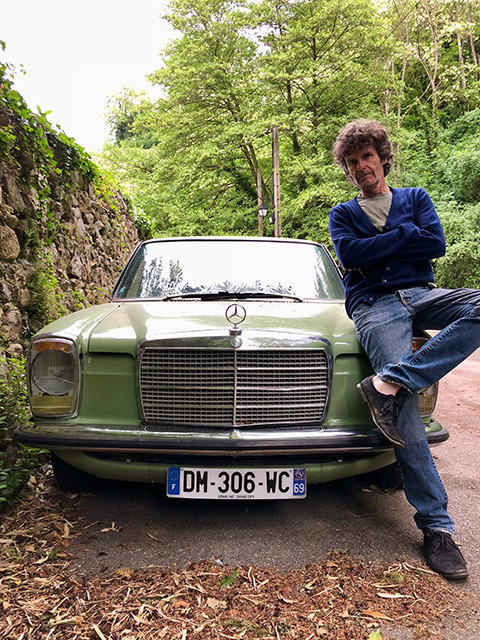
Domaine Yves Gangloff
The legendary slopes of Condrieu and Côte-Rôtie are the chosen playground of a unique cast of characters. It certainly requires a strong personality and a little touch of craziness to farm these terrasses. Yves Gangloff is a beloved figure amongst them, recognizable with a rocker’s look, the artist is more importantly a hard worker and crafts some of the most sought after bottles. If his wines are unapologetically full of life; the Condrieu exhibits complexity in their richness, his cuvées of Côte-Rôtie balances elegance with power and their finesse will make you wish for more.
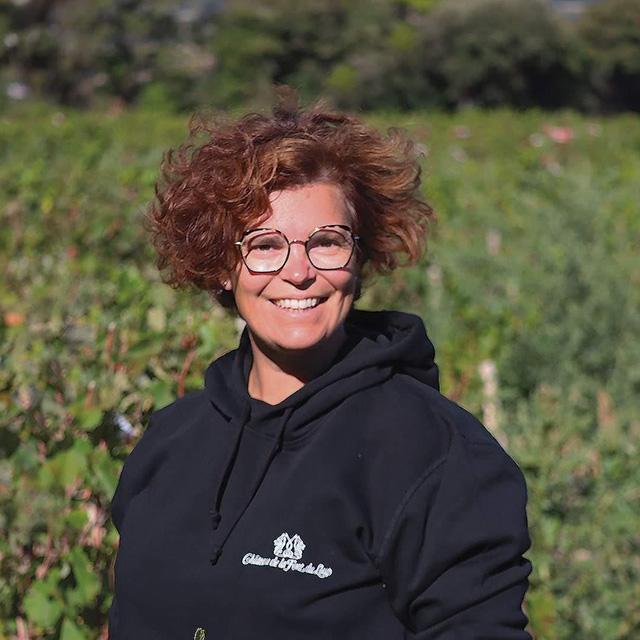
Château de la Font du Loup
The bubbly Anne-Charlotte Mélia-Bachas happens to be on the right side of global warming. The old vines located behind La Crau in Châteauneuf-du-Pape were planted on sandy soil, at one of the highest elevation point and with a north facing exposure. As a result, the team at La Font du Loup is chasing maturity and often becomes the last one to harvest. Helped with a lighter touch in the cellar, the wines are full but never heavy, naturally driven and balanced. Aside from the traditional Châteauneuf, a 110 years old parcel of Grenache planted on a beach-like block is bottle separately as “Le Puy Rolland”.
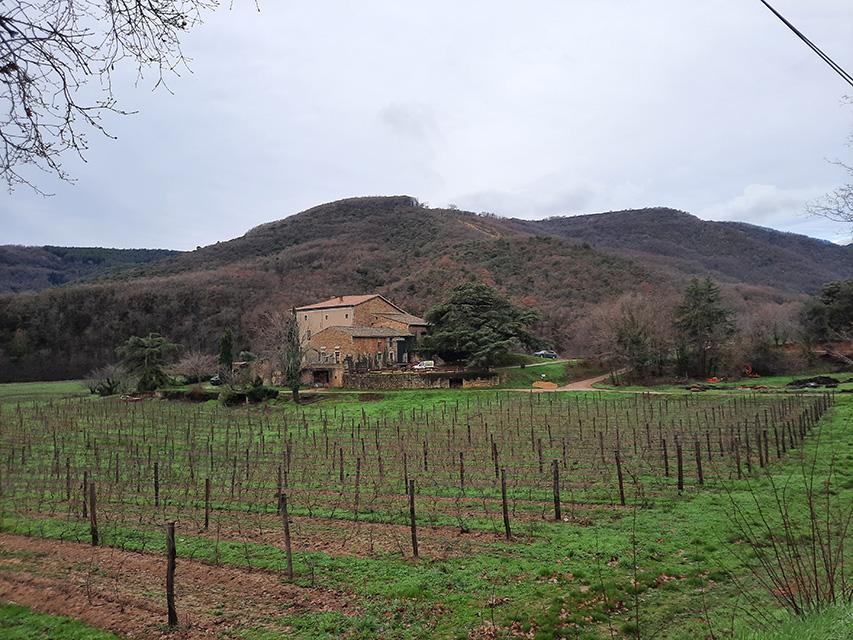
Mirabel Charmis
(Rémi Leorat)
Rémi Leorat farms Syrah and Marsanne organically on 5.5 ha in the Saint-Peray area, the South of Northern Rhône. In 2014, he took
over his grandfather’s domaine on clay and limestone. Rémi keeps things simple : This cool climate Syrah, bottled under IGP Ardèche, is driven but without artifice. Charming really, but with character.
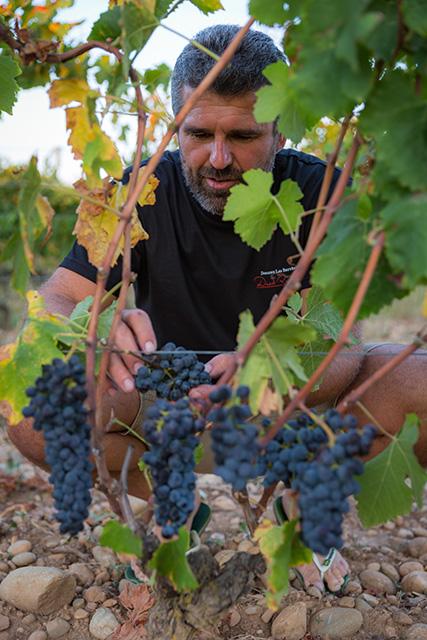
Domaine les Bruyères (David Reynaud)
David Reynaud is a humble and hard working man but he makes joyful, pleasurable and gratifying wines. He took over the family estate
in the early 2000. Located in Beaumont-Monteux, by the Isère river, this side of Crozes-Hermitage is gifted by sand and clay-limestone
backbone. Organic and biodynamic certified, his Crozes-Hermitage Georges is made of 100% destemmed Syrah that are on average 35 years old; Vinified in concrete and aged for half in 6/7 years old…
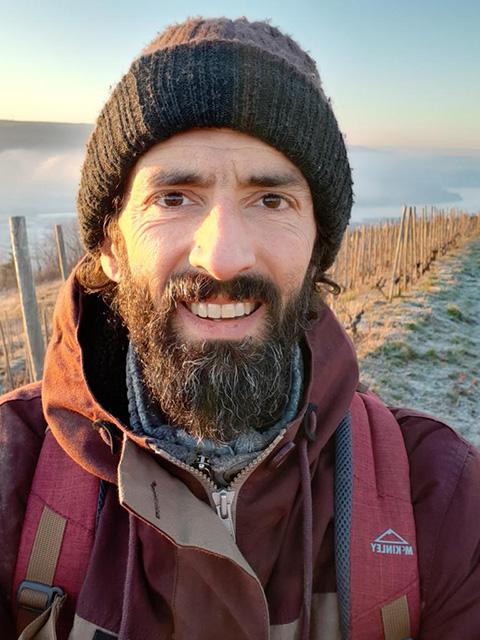
La Vigne des Pères (Aymeric Paillard)
The name Paillard is more associated with Champagne than with Saint-Joseph, at least until now. The young Aymeric has decided to settle in Tournon-sur-Rhône and farm organically a 3.3ha parcel in Sarras. The South facing slopes at the lieu-dit “Beaudet”, displays a very degraded, almost sandy-like granit. The Syrah planted over 35 years ago in high density is carefully harvested, followed by whole cluster fermentation in small vats. Avery pretty Saint-Joseph.
Sud Ouest
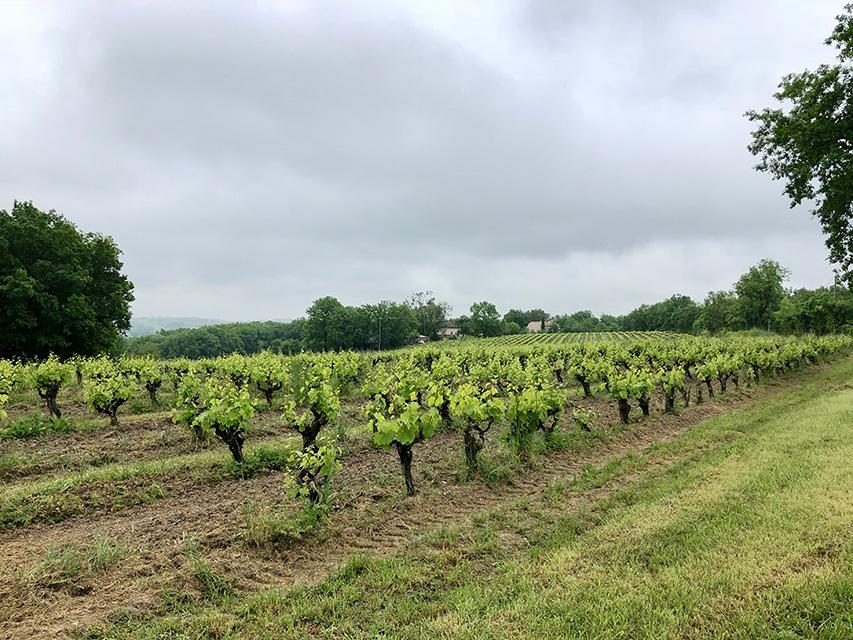
Causse Marines
Causse Marines is a beacon in Gaillac whether the cuvée respects the AOP rules or not. Patrice Lescarret, who took over the domaine in 1992, was ahead of his time, but if he has inspired numerous young winemakers in the so-called ‘natural’ movement, his free spirit refuses to belong to any category. The domaine itself is a biodynamically farmed patchwork of (mostly self grafted) local varieties like Duras, Braucol, Mauzac, Loin de l’Oeil, Prunelard, Syrah, Mauzac rose … The wines are remarkable as they show uniqueness, extreme sense of place and at the same time fantastic craftsmanship and clarity.
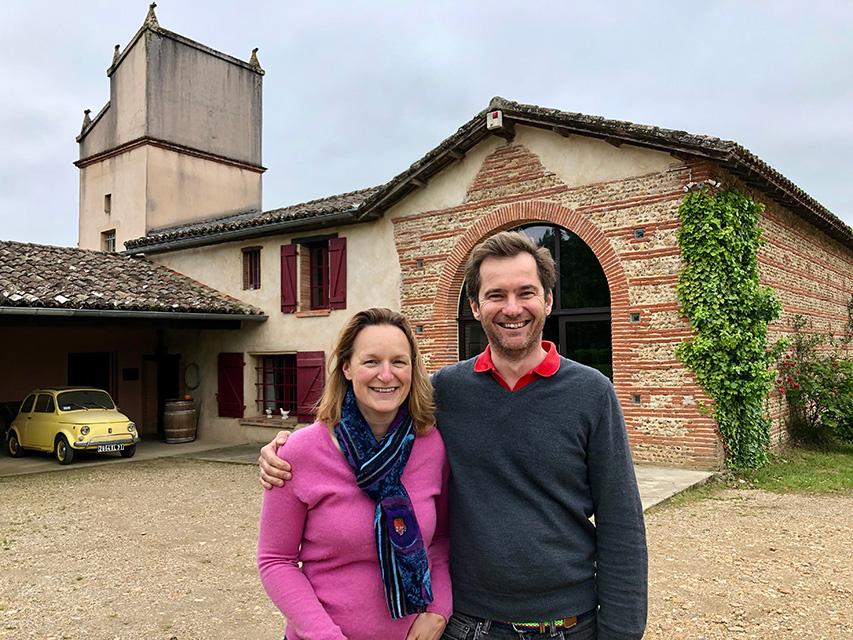
Château La Colombière
The Château de la Colombière has a rich history of trailblazing in winemaking. The Fronton (Southwest) estate participated actively in Jules Chauvet’s research on natural winemaking in the 50’s and today Diane and Philippe Cauvin are biodynamically farming the 16ha vineyards. While they ‘rediscovered a thought to be extinct’ variety, Le Bouysselet Blanc, the main grape here is La Négrette, from which they develop a versatile range from a ‘Pet Nat’, light juicy easy-going reds to more structured ‘vin de garde’.
Roussillon
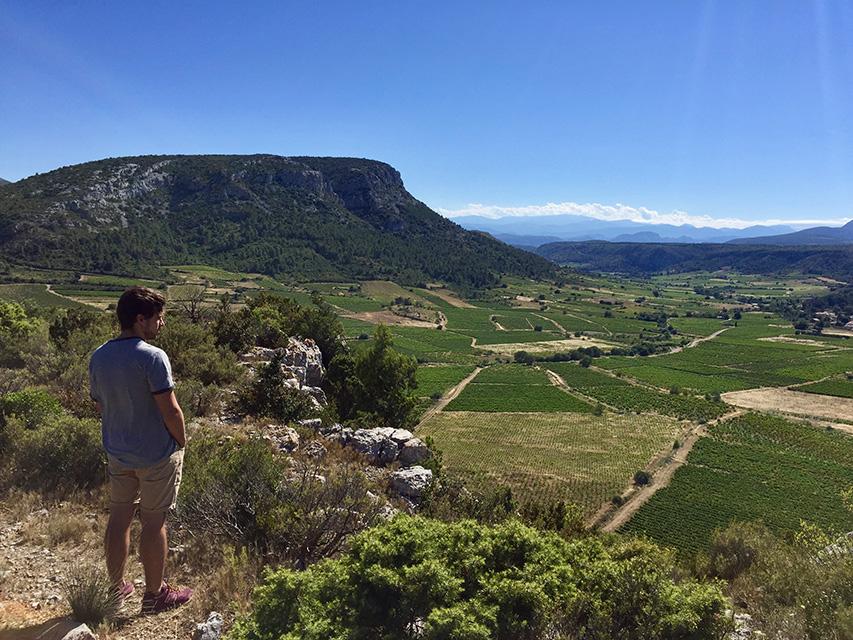
Domaine Gardiés
In a region regarded as bargain for old vines and incredible potential, Jean Gardiés didn’t come from Bordeaux or money. This is his father’s land. Representing the 5th generation, now joined by his son Victor, he was among the first to promote unfortified wines. Produced from very old vines on limestone, these are built to last for decades. Mas Las Cabès is a 15ha estate on shistes offering wines that are less structured. The family continues to produce extraordinary Rivesaltes going back eons. Both estates are certified organic.
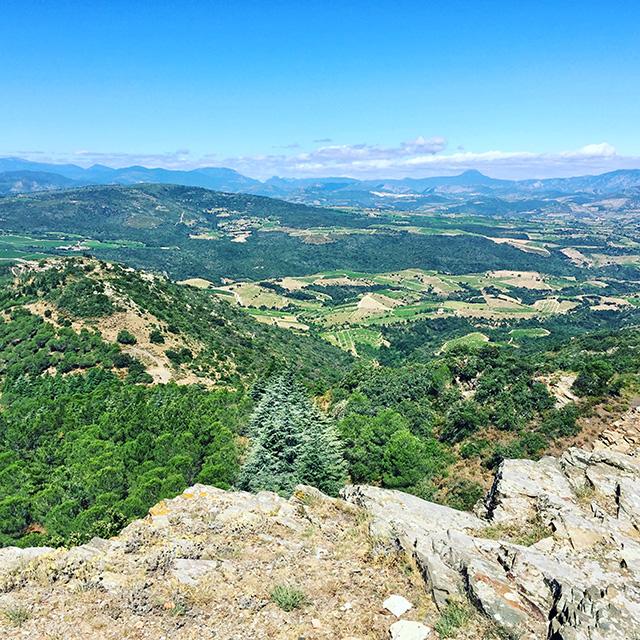
Le Roc des Anges
The 80+ small plots of Roc des Anges in the Pyrénées’ foothills, might be producing some of the freshest, most electric wines in the South of France. Marjorie and Stéphane Gallet are crafting aromatic, deep, complex but lifted reds and a collection of high-toned white wines grown on schistes that could remind you of the best of Anjou. Roc des Anges is a flag bearer for an idea of the Languedoc-Roussillon, where its terroir rivals the very best French appellations.
Provence
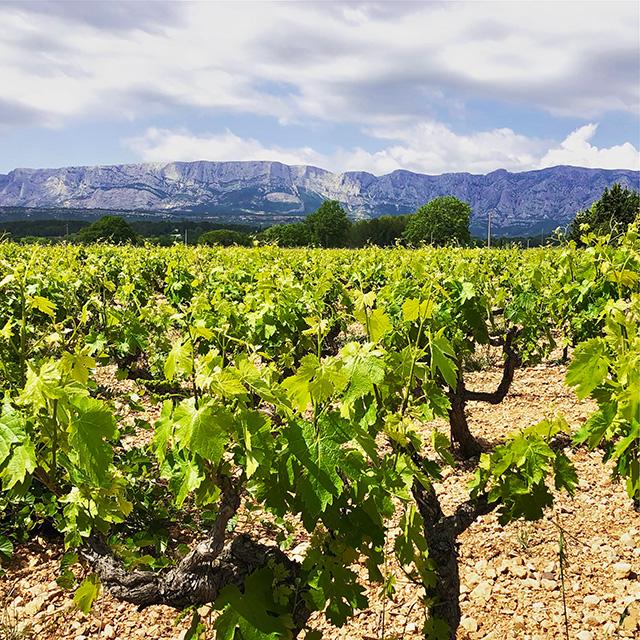
Mas de Cadenet
The Negrel family has farmed the Mas de Cadenet for the last 200 years; organically for the last 35. The 40ha domaine lies just under the stunning Sainte-Victoire mountain made famous by the painter Paul Cézanne. The limestone chain, rising 3000ft above an ocean of vineyards, rarely spreads its precious broken down rocks but here gives Mas de Cadenet its edge, its distinctive cut, its personality. Guy Negrel, a founding father of the sub-appellation system in Provence has been joined by his children Maud and Matthieu whose expertise in the pristine cellar is considered benchmark by many.
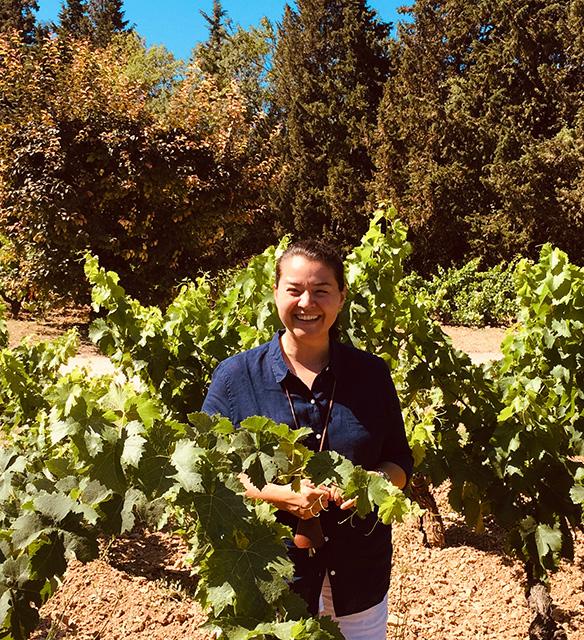
Château Crémade
The story goes that at the creation of the AOP system, following the example of Château-Grillet in Condrieu, a singular estate in Provence would be granted its own Appellation as it was so distinctive. When the administrator arrived at the Château Simone, they discovered that a second Château shared the same characteristics and the AOP took the name of a ‘lieu-dit’ in between the two: Palette. After decades in the shadow of the prestigious Simone, Crémade, under new ownership since 2000, is finally reaching the full potential of a unique vineyard, patchwork of more than 13 grape varieties, some unique to Provence, others unique to this historic estate.
Corsica
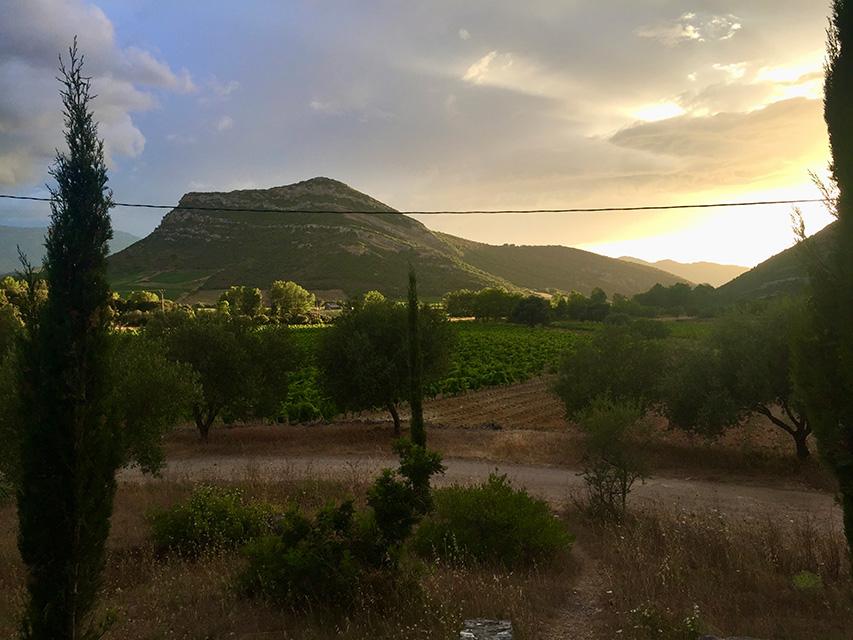
Domaine Leccia
Patrimonio is wildly considered to be one of Corsica’s prime AOP due to its complex soil structure, mixing clay, limestone, granite and blue schistes. Pierre-Joseph Leccia grew the estate and turned it over his two children Annette and Yves. In 2004 they each went their own way with Annette keeping Domaine Leccia, its cellar and the historic vineyards. Yves’ son, Lisandru, after working with his father, took over the Domaine Leccia from his aunt Annette. The young winemaker sets the bar up high with organic farming, new plantings and the ambition to make bright, elegant and deep wines.
